Lawn grubs can become a major headache during the summer months. These small, white larvae live in the soil and feast on the roots of grass, causing patches of dead or dying turf. It’s important to understand how to identify and control these pests to keep your lawn healthy and green.
Identifying lawn grubs early can save your yard from serious damage. You might notice birds pecking at your grass or raccoons digging up your lawn. These are often signs that grubs are present. By knowing what to look for and taking action quickly, you can prevent widespread damage.
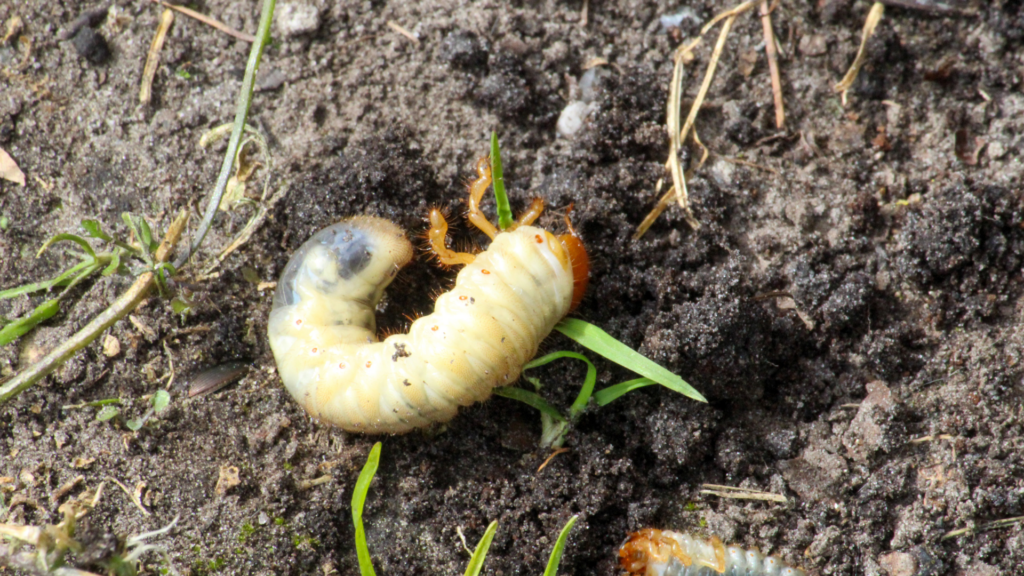
Let’s explore effective methods for controlling lawn grubs in Central Florida. You’ll learn about their life cycle, natural predators, and the best times to use chemical treatments. We’ll also provide helpful tips for monitoring your lawn and restoring it after an infestation. With the right knowledge and tools, you can keep your lawn looking its best all summer long.
Understanding Lawn Grubs: What Are They?
Lawn grubs are the larvae of beetles, such as Japanese beetles, June bugs, and chafer beetles. These small, C-shaped insects are usually white or gray with darker tips. They live just below the surface of your grass, feeding on the roots. This feeding activity weakens the turf, making it more prone to damage.
Grubs are most active in the late summer, when they are fully grown and feeding heavily. If left unchecked, they can create large dead patches in your lawn. Recognizing and controlling grubs early can prevent significant damage and maintain the health of your turf.
Grubs thrive in moist, well-fertilized lawns. Their damage is most noticeable during drought periods when your grass is already stressed. By understanding what lawn grubs are and how they operate, you can take effective measures to control them and keep your lawn lush and green.
Identifying Signs Of Grub Infestation
Spotting a grub infestation early is crucial to managing it effectively. Here are some common signs to look for:
1. Brown or Dead Patches: Irregular patches of brown, dead grass are often a sign of grub activity below the surface.
2. Spongy Turf: Healthy grass should feel firm when you walk on it. If you notice spongy areas, this could indicate grub activity.
3. Increased Animal Activity: Animals like birds, raccoons, and skunks dig into the grass to feed on grubs. They can leave noticeable holes in your yard.
4. Easy-To-Pull Grass: If your grass pulls up easily when you tug on it, revealing C-shaped grubs underneath, you have an infestation.
5. Visible Grubs: Digging up a small section of your lawn can reveal the presence of grubs if they are indeed the cause of your lawn problems.
If you notice any of these signs, it’s time to take action and address the grub problem before it becomes a more significant issue.
Common Types Of Lawn Grubs Found In Central Florida
Central Florida is home to several types of lawn grubs. Understanding which ones are in your area can help you identify and control them more effectively.
1. Japanese Beetle Grubs: These are the larvae of the Japanese beetle, small white grubs with a distinctive coppery head. They are notorious for damaging grass roots.
2. June Bug Grubs: June bugs, also known as May beetles, lay eggs that hatch into white grubs. These grubs are slightly larger and can cause considerable damage to lawns.
3. Chafer Beetle Grubs: Chafer beetles are also widespread in Central Florida. Their larvae are smaller but equally destructive, feeding voraciously on grass roots.
Knowing which type of grub is present in your lawn can help you choose the best control method. Each type may have specific times of activity and vulnerabilities that you can target for more effective management.
The Life Cycle Of Lawn Grubs
Understanding the life cycle of lawn grubs can help you control them more effectively. Here’s a breakdown of their typical life stages:
1. Egg Stage: Adult beetles lay eggs in the soil during late spring to early summer. These eggs hatch within a few weeks.
2. Larvae Stage: Once they hatch, the larvae (grubs) begin feeding on grass roots. This stage lasts through the summer and into the fall. Grubs grow larger and cause the most damage during this time.
3. Pupae Stage: In late fall, the grubs move deeper into the soil to pupate. They remain in this stage through the winter, developing into adult beetles.
4. Adult Beetle Stage: In early summer, the adult beetles emerge to mate and lay eggs, starting the cycle again.
By targeting grubs at the right time in their life cycle, you can reduce their population and minimize damage to your lawn. Effective control measures often focus on the larvae stage, when grubs are most vulnerable and active.
Environmental Factors That Attract Lawn Grubs
Certain environmental conditions can make your lawn more attractive to grubs. Understanding these factors can help you take steps to make your yard less inviting to these pests.
- Moisture: Grubs thrive in moist soil. Overwatering your lawn can create the perfect environment for egg-laying beetles and their larvae. Ensure your lawn drains well and avoid excessive watering, especially during peak beetle activity.
- Thick Thatch: Thatch is a layer of dead grass, roots, and other organic material that accumulates between the soil and the green grass. Thick thatch provides a favorable habitat for grubs. Regularly dethatch your lawn to reduce this risk.
- Healthy Turf: Ironically, lush, healthy lawns can attract more beetles looking for an ideal place to lay eggs. While maintaining a healthy lawn is crucial, be mindful of over-fertilizing and creating overly dense turf that can invite grub infestations.
By adjusting your watering practices, managing thatch, and maintaining balanced fertilization, you can create a less inviting environment for grubs and reduce the likelihood of an infestation.
Monitoring And Testing Your Lawn For Grubs
Regular monitoring and testing are vital to catch grub problems early. Here are some steps you can take to monitor and test your lawn for grubs effectively:
1. Visual Inspection: Look for brown patches, spongy soil, and increased animal activity. These are common signs of grub presence.
2. Soil Sampling: Dig small sections of your lawn, about 1 square foot and 2-4 inches deep, in different areas. Look for the C-shaped grubs. Finding more than five grubs per square foot suggests an infestation.
3. Using a Diag: Diag is a simple homemade solution of soap water (1-2 tablespoons of dish soap in 1 gallon of water) poured over a 1 square foot area. Grubs will come to the surface within a few minutes if they are present.
Regularly checking your lawn and performing these simple tests can help you catch and address grub problems before they cause extensive damage.
Natural Predators: Using Beneficial Insects To Control Grubs
Using natural predators is an eco-friendly method to control lawn grubs. These beneficial insects help keep the grub population in check by feeding on them.
1. Nematodes: These are microscopic worms that seek out and infect grubs, killing them from the inside. Beneficial nematodes are a popular and effective biological control that can be applied directly to the soil.
2. Parasitic Wasps: These tiny wasps lay their eggs inside grubs. The wasp larvae then feed on the grub, eventually killing it. While it’s difficult to introduce wasps intentionally, encouraging their presence naturally can help.
3. Predatory Beetles: Some beetle species, like ground beetles, are natural predators of lawn grubs. Maintaining a mulch or leaf-litter layer can provide a habitat for these helpful beetles.
Encouraging the presence of these natural predators in your lawn can offer a sustainable way to manage grub populations without relying on chemical treatments.
DIY Methods For Grub Control: Safe And Simple Techniques
There are several DIY methods you can use to control grubs safely and simply. These techniques can help manage grub populations and protect your lawn effectively.
1. Milky Spore: This bacterial disease specifically targets Japanese beetle grubs. Apply it to your lawn, and it will infect and kill the grubs over time. Milky spore is safe for other insects, pets, and humans.
2. Neem Oil: Neem oil acts as both a pesticide and a deterrent. Mix with water and apply to your lawn to help control grubs. The oil disrupts the grub’s growth and feeding patterns.
3. Diatomaceous Earth: This natural powder is made from fossilized algae. Sprinkle it on your lawn to dehydrate and kill grubs. It’s safe for people, pets, and beneficial insects.
Implementing these DIY methods can be an effective way to control lawn grubs naturally, making your lawn healthier without the need for harsh chemicals.
Chemical Treatments: When and How to Use Them Safely
Chemical treatments can be an effective way to control lawn grubs, but they should be used carefully. Always read the label before applying any product. Look for chemicals such as imidacloprid or carbaryl, which are designed to target grubs.
When to Use Chemical Treatments:
1.Timing Is Crucial: For the best results, apply chemicals in late summer when grubs are small and close to the surface. This is when they are actively feeding on grassroots.
2. Consider the Weather: Avoid applying chemicals before heavy rain. Rain can wash away the treatment, making it less effective.
How to Apply Them Safely:
1. Wear Protective Gear: Always wear gloves and a mask to avoid direct contact with the chemicals.
2. Follow Instructions: Adhere strictly to the product’s instructions regarding dosage and application method. Overuse can harm beneficial insects and soil health.
3. Keep Pets and Kids Away: Ensure pets and children stay off the treated areas until the chemicals have dried completely.
Preventative Measures to Keep Grubs Away
Preventing grubs from invading your lawn in the first place is simpler than dealing with an infestation. Here are some effective measures:
1. Maintain Healthy Soil: Well-aerated and healthy soil reduces the likelihood of grub infestations. Regularly aerate your lawn and add organic matter to boost soil health.
2. Regular Lawn Care: Mowing, watering, and fertilizing keep your lawn in good shape. Healthy lawns are less likely to suffer severe damage from grubs.
3. Plant Resistant Grass Varieties: Some grass types are more resistant to grub damage. Research grass varieties that perform well in your area and consider planting them.
Restoring Your Lawn After a Grub Infestation
Bringing your lawn back to life after a grub infestation takes time and care. Here’s how to do it:
1. Remove Dead Grass: Start by raking up dead grass and debris. This helps the new grass to establish better.
2. Reseed the Lawn: Spread grass seed over the affected areas. Use a seed variety suitable for your climate and soil type. Water the area thoroughly after seeding.
3. Apply Fertilizer: Use a balanced fertilizer to give new grass the nutrients it needs. Avoid over-fertilizing, which can harm new grass.
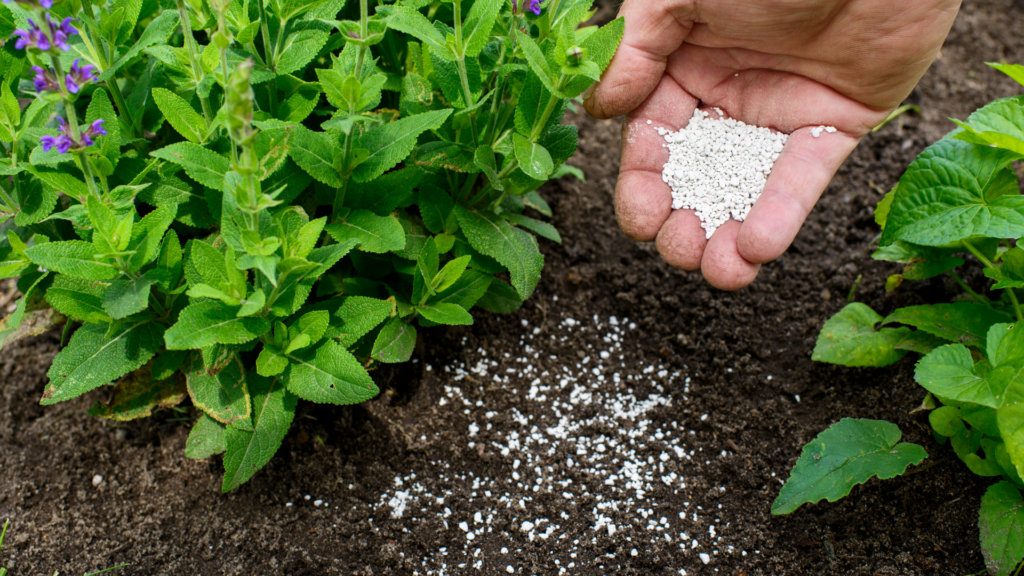
Professional Insect Control Services: How Next Level Turf Can Help
Sometimes, DIY methods aren’t enough to tackle a serious grub problem. That’s where professional services come in. At Next Level Turf, we offer expert insect control services to keep your lawn healthy and grub-free.
Benefits of Professional Services:
1. Customized Treatment Plans: We assess your lawn and create a tailored plan to address the specific issues you’re facing.
2. Advanced Solutions: We use advanced products and techniques that are not always available to the public.
3. Ongoing Support: Our team provides ongoing support and guidance to keep your lawn in top condition year-round.
Save Your Lawn from Grubs
Lawn grubs can cause severe damage if not addressed promptly. From identifying signs of infestation to choosing the right treatment methods, there are many steps you can take to protect your lawn. Remember, prevention is always better than a cure. Regular lawn maintenance and timely treatments can make a big difference.
If you need expert help, our team at Next Level Turf is ready to assist. With our professional insect control services in Florida, you can keep your lawn looking its best. Contact us today to schedule an assessment and take the first step toward a healthier lawn. Let us give you peace of mind with a lawn free of grubs and other pests!

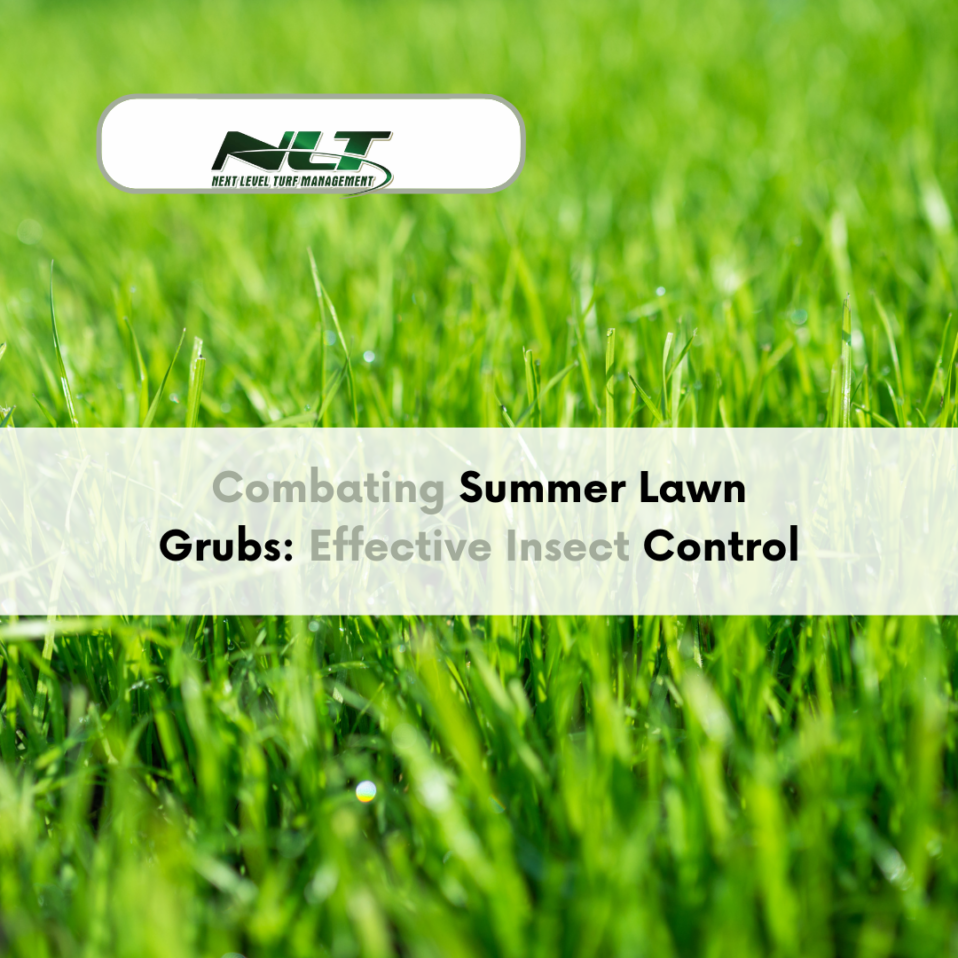

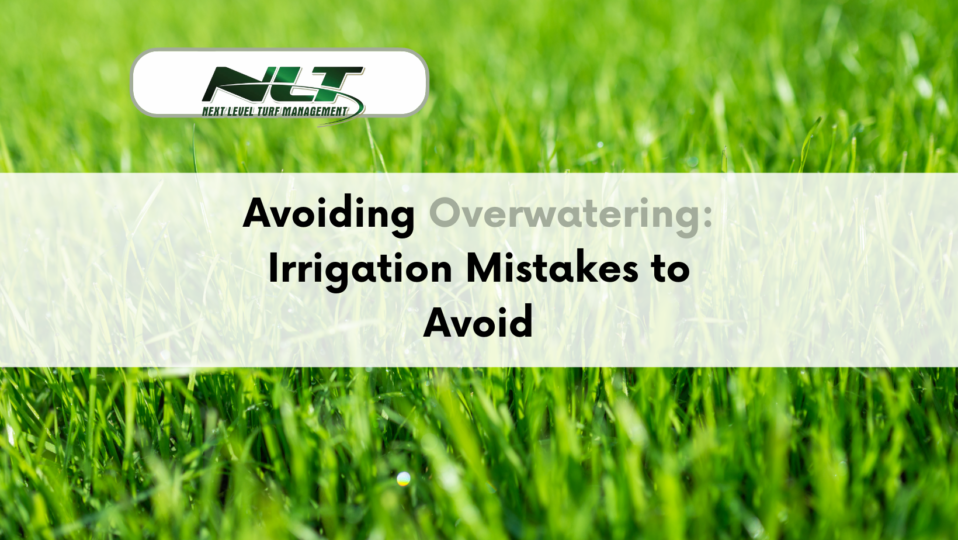
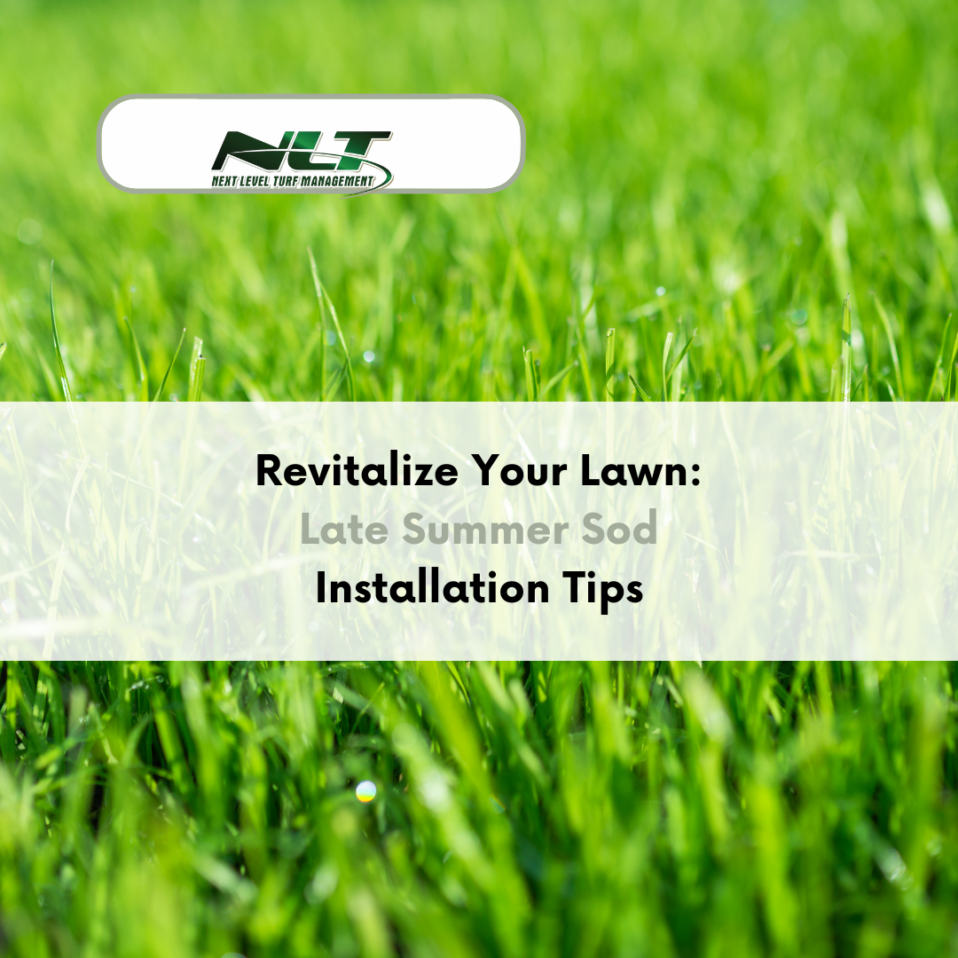


Post a comment